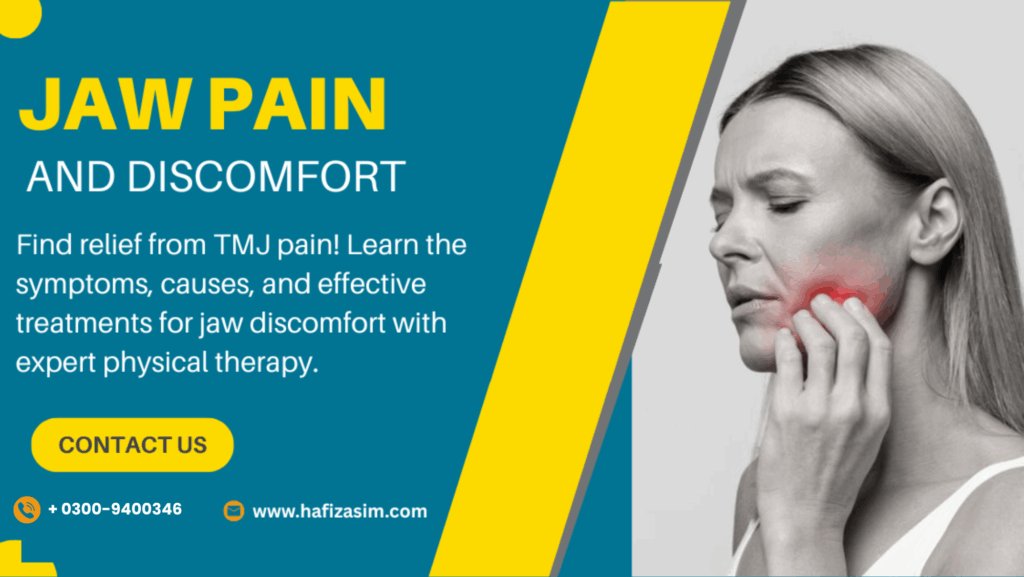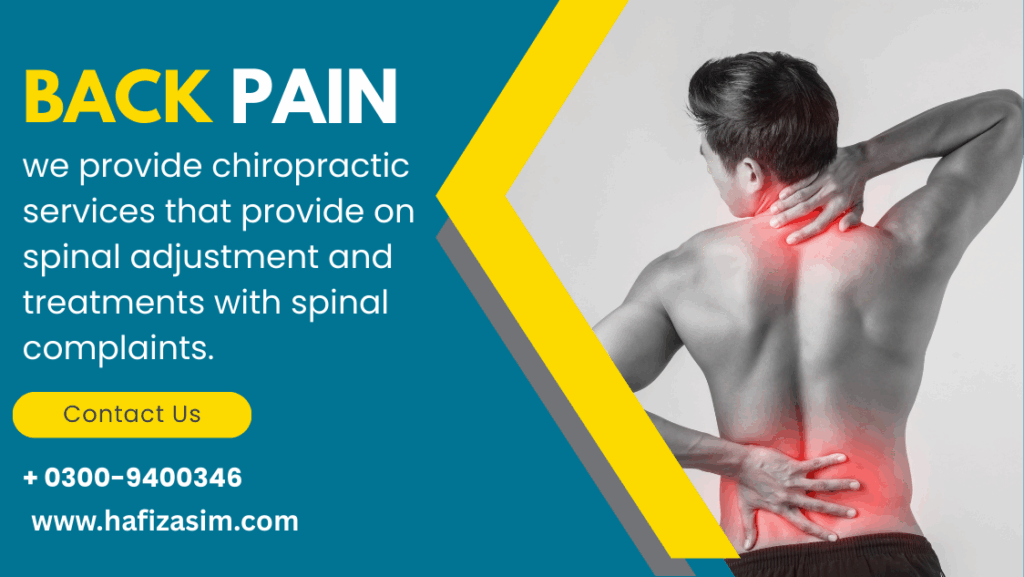TMJ Disorders: Causes, Symptoms, and Effective Treatment Options
Introduction
Temporomandibular Joint (TMJ) disorders affect the joints that connect your jawbone to your skull, causing discomfort in the jaw, face, and surrounding areas. These disorders can make everyday activities like chewing, speaking, and even smiling painful. In this article, we’ll explore TMJ disorders in detail, covering their causes, symptoms, diagnosis, and treatment options.
What Are TMJ Disorders?
TMJ disorders refer to problems with the temporomandibular joint, which acts as a hinge connecting the jawbone to the skull. This joint allows for movements like opening and closing your mouth. TMJ disorders can occur due to various factors, leading to pain and restricted jaw movement.
Causes of TMJ Disorders
- Jaw Injuries: Trauma or impact to the jaw or surrounding muscles.
- Teeth Grinding (Bruxism): Excessive clenching or grinding of teeth, often during sleep.
- Arthritis: Osteoarthritis or rheumatoid arthritis affecting the joint.
- Stress: Leading to tension in the jaw muscles.
- Malalignment: Misaligned teeth or jaw structure.
- Degenerative Conditions: Deterioration of cartilage or joint structure over time.
Symptoms of TMJ Disorders
- Jaw pain or tenderness.
- Difficulty opening or closing the mouth.
- Clicking or popping sounds when moving the jaw.
- Lockjaw or restricted movement of the jaw.
- Headaches or earaches.
- Facial pain or swelling near the joint.
The Impact of TMJ Disorders
Living with TMJ disorders can significantly affect your quality of life:
- Difficulty eating or chewing food.
- Sleep disturbances due to pain.
- Impact on communication and social interactions.
- Increased stress and anxiety related to chronic discomfort.
Diagnosis of TMJ Disorders
Accurate diagnosis is key to effective treatment. Common diagnostic methods include:
- Physical Examination: Assessing jaw movement, pain levels, and clicking sounds.
- Imaging Tests: X-rays, CT scans, or MRIs to visualize the joint and surrounding tissues.
- Dental Evaluation: Identifying misaligned teeth or signs of bruxism.
Treatment Options for TMJ Disorders
1. Self-Care and Lifestyle Adjustments
- Applying ice or heat to the affected area to reduce swelling and relieve pain.
- Eating soft foods to minimize jaw strain.
- Avoiding habits like gum chewing or nail-biting.
2. Medications
- Pain relievers or anti-inflammatory drugs to reduce discomfort.
- Muscle relaxants to relieve tension in the jaw muscles.
3. Physical Therapy
- Jaw exercises to improve movement and strengthen surrounding muscles.
- Techniques to correct posture and alleviate tension.
4. Dental Interventions
- Using splints or mouthguards to prevent teeth grinding.
- Orthodontic treatments to realign the jaw.
5. Invasive Procedures
- In severe cases, surgery may be recommended to repair or replace the joint.
Preventing TMJ Disorders
- Manage Stress: Practice relaxation techniques to prevent jaw tension.
- Avoid Hard Foods: Reduce strain on the jaw by avoiding tough or chewy foods.
- Protect Your Jaw: Use a mouthguard if you grind your teeth at night.
- Maintain Good Posture: Avoid slouching, as poor posture can strain the jaw.
FAQs About TMJ Disorders
Relief for Jaw Pain and Discomfort
Key Highlights
- TMJ disorders involve pain and dysfunction in the jaw joint and surrounding muscles.
- Symptoms include jaw pain, restricted movement, and clicking sounds.
- Treatments range from self-care and medications to dental interventions and surgery.
- Preventive measures like stress management and good posture can reduce the risk.


